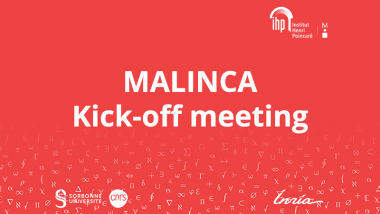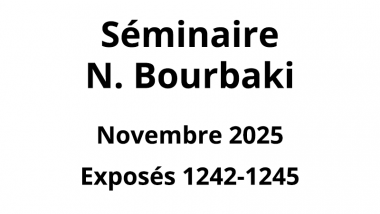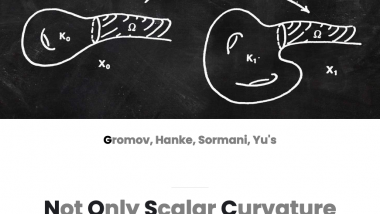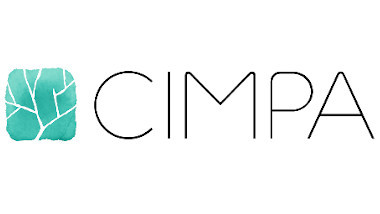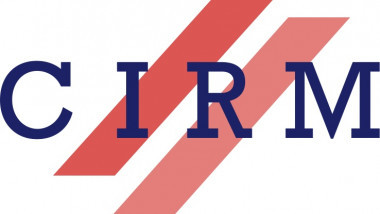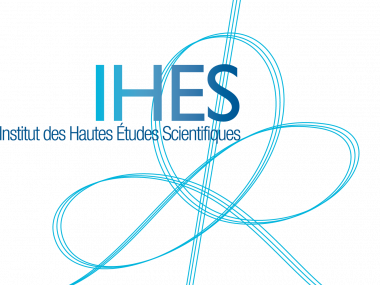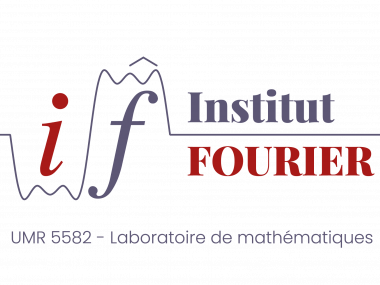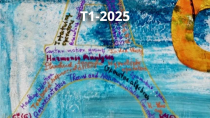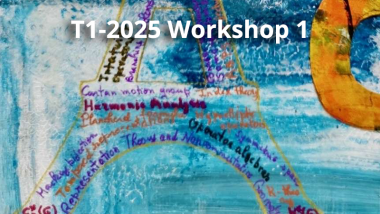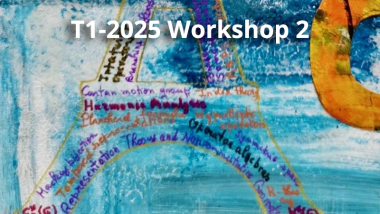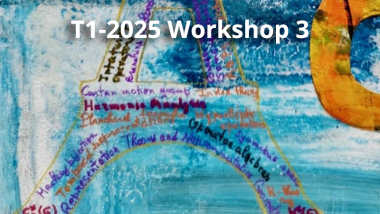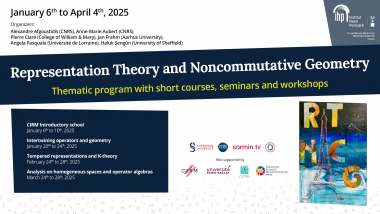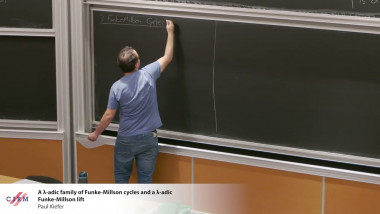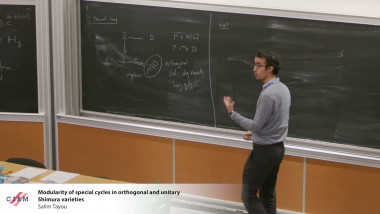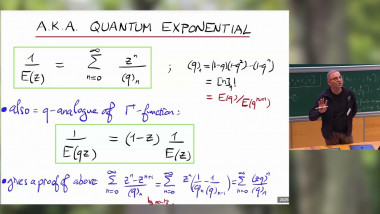Parthasarathy formulas and beyond
Joint IHP - AIM RTNCG lecture
Dirac operators have played an important role in representation theory, originating in the work Parthasarathy, who proved a formula for the square of a Dirac operator on a Riemannian symmetric space, and used it to realize discrete series representations of semi simple Lie groups as L2 spaces of harmonic spinors.
Later on, Huang and Pandzic, observing that the Parthasarathy formula implies that the square of a Dirac operator is central, developed the theory of Dirac cohomology, and derived property of admissible representations that may not be discrete series. In this talk we will first illustrates these results using Parthasarathy formula, to explain how Vogan classification of tempered representations by their lowest K types, fits into the computation the G index of the Dirac operator.
We will next introduce an analogue of the Dirac operator for symplectic homogeneous spaces, and state a Parthasarathy formula in this context, when an invariant polarization exists and a symmetry condition holds. Generalizations of the Parthasarathy formula were proved by Kostant, introducing a cubic term, when the quadratic homogeneous space is not symmetric. We will show that no cubic terms may lead to any corresponding formula in the case of the symplectic Dirac operator.
